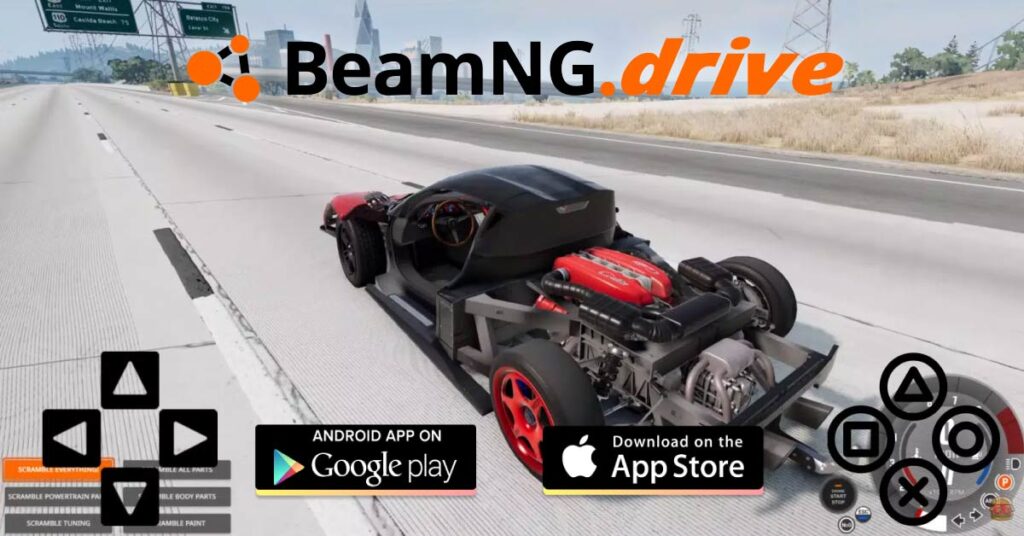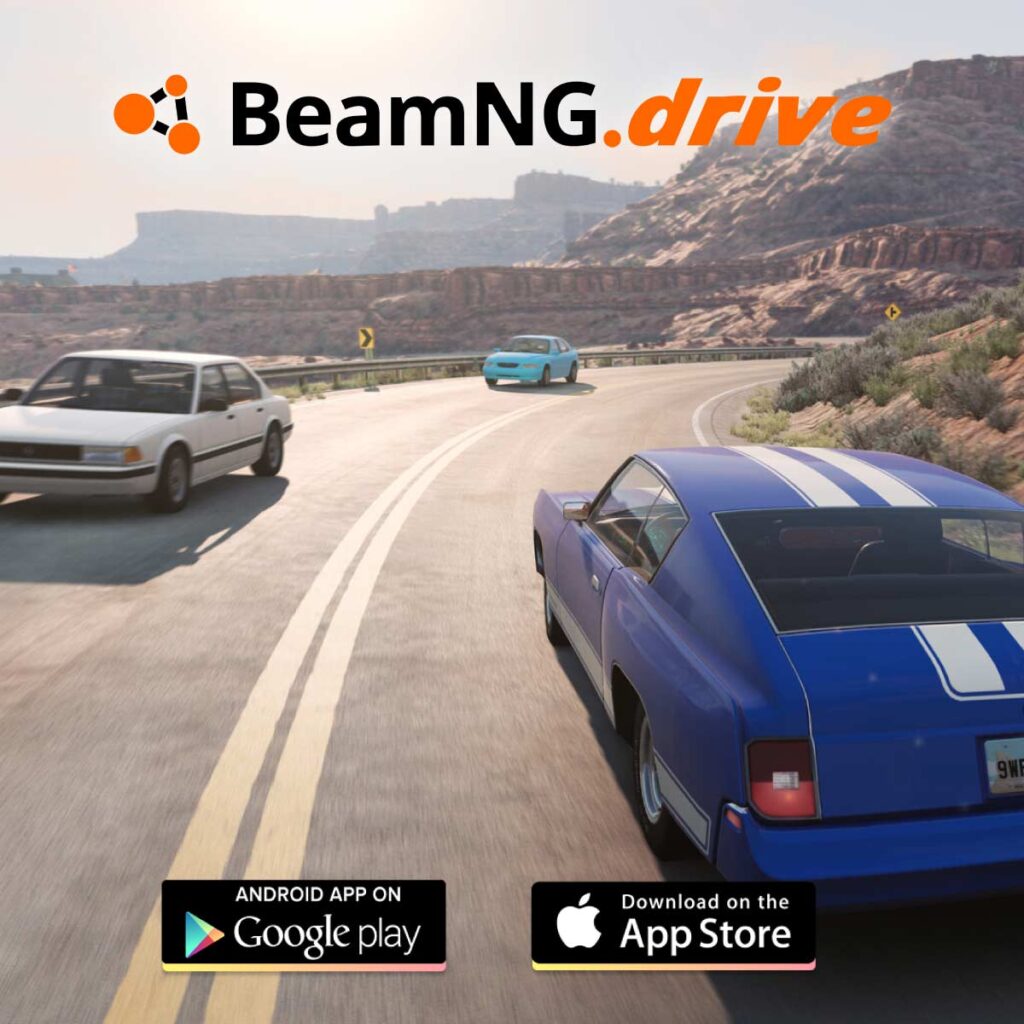Advertisement
Popular Now
BeamNG.drive has garnered a dedicated fanbase since its early access release, primarily due to its realistic soft-body physics and vehicle simulation. However, one significant issue within the game that has sparked discussion among players is the game’s collision detection system. This article delves deeply into how collision detection affects gameplay, player experience, and the overall immersion provided by the game.

Possible Solutions and Improvements

Introduction
BeamNG.drive provides an unparalleled experience in vehicle simulation, standing out for its attention to detail and realistic physics. The soft-body physics engine allows for intricate vehicle behaviors and realistic damage modeling. Yet, the collision detection system, a critical component of this engine, often leads to frustrating experiences for players. This article explores the intricacies of BeamNG.drive’s collision detection, its implications on gameplay, and potential improvements.Understanding Soft Body Physics
What is Soft Body Physics?
Soft body physics refers to the simulation of deformable objects, allowing them to change shape when subjected to forces. Unlike rigid body physics, which treats objects as solid and unchanging, soft body physics enables vehicles in BeamNG.drive to crumple, bend, and break apart in realistic manners.Importance in BeamNG.drive
The implementation of soft body physics is central to the immersive experience of BeamNG.drive. Players can engage in various scenarios ranging from simple driving challenges to complex crash tests. The realistic behavior of vehicles in response to collisions provides a unique form of entertainment and education about the dynamics of car crashes.
Mechanics of Collision Detection
Collision detection is the process through which the game determines when two objects intersect, triggering a response such as damage or deformation. In BeamNG.drive, this involves calculating the intersection of vehicle meshes and the physical properties of materials.The Collision Detection System
How It Works: An Overview
BeamNG.drive employs a combination of bounding boxes and mesh collision detection to ascertain when vehicles collide. Bounding boxes are simplified geometric representations that make initial collision checks more efficient, while mesh collision detection provides detailed interactions upon closer proximity.Limitations of the Current System
Despite its sophistication, the collision detection system in BeamNG.drive is not without flaws. Players often report issues such as unrealistic collision responses, missed collisions, or unexpected behaviors during crashes. These limitations can detract from the overall experience, leading to frustration.Examples of Collision Failures
- Ghost Collisions: Instances where vehicles seem to collide without any physical interaction, leading to confusion and immersion-breaking moments.
- Missed Collisions: Situations where a vehicle passes through an object or terrain without registering a collision, undermining the game's realism.
- Inconsistent Damage Modeling: Damage may not accurately reflect the severity of a collision, resulting in vehicles appearing undamaged after significant impacts.
Player Experiences and Feedback
Community Reactions
The BeamNG.drive community is passionate and vocal about their experiences. Forums and social media platforms are filled with discussions on collision detection issues. Players often share videos showcasing their frustrations, highlighting the disparity between expectations and reality.Impact on Gameplay
The collision detection system significantly influences gameplay mechanics. When collisions behave unexpectedly, they can disrupt the flow of a game, affecting everything from racing dynamics to crash simulations. Players may feel less engaged when their actions do not produce the anticipated results.Testimonials from Players
- Player A: “I love the physics, but sometimes it feels like I’m driving in a ghost world. Collisions don’t act like they should.”
- Player B: “The crashes are fun, but when my car phases through a barrier, it ruins the immersion.”

Technical Challenges in Collision Detection
Computational Complexity
One of the primary challenges in implementing a sophisticated collision detection system is computational complexity. As the number of vehicles and objects in the environment increases, so does the processing power needed to track collisions effectively.Balancing Performance and Realism
Developers face the challenge of balancing realistic physics with performance. High-fidelity collision detection can lead to lower frame rates, especially in resource-intensive scenarios. BeamNG.drive must find a middle ground to maintain smooth gameplay while delivering immersive experiences.Development Considerations
The development team must consider various factors when refining the collision detection system:- Optimization Techniques: Implementing algorithms that reduce the computational load while maintaining accuracy.
- Player Feedback Integration: Actively incorporating community feedback to prioritize issues that affect player experience.
- Testing and Iteration: Continuous testing of collision scenarios to identify and rectify anomalies in the system.
Possible Solutions and Improvements
Enhancing Collision Algorithms
One potential solution is to enhance the existing collision algorithms. By refining the methods used to detect and respond to collisions, developers can improve the reliability of the system.Implementing Layered Collision Detection
Using layered collision detection can help manage complexity. By categorizing objects into layers (e.g., vehicles, obstacles, terrain), the game can prioritize collision checks, enhancing performance and accuracy.Community Collaboration
Engaging with the community for feedback and suggestions can lead to valuable insights. Players who frequently encounter collision issues can provide firsthand accounts that may guide developers in improving the system.Future of BeamNG.drive
Upcoming Updates and Features
The future of BeamNG.drive looks promising, with developers constantly working on updates. Enhancements to the collision detection system may be on the horizon, as player feedback becomes increasingly integral to development.Potential Expansions
As the game evolves, potential expansions could include more complex environments and scenarios that further test the collision detection system. This could lead to richer gameplay experiences and deeper engagement with the physics engine.Community Involvement
The ongoing dialogue between developers and the player community is crucial. Collaborative efforts can yield innovative solutions that enhance gameplay, ensuring that BeamNG.drive remains at the forefront of vehicle simulation.

















